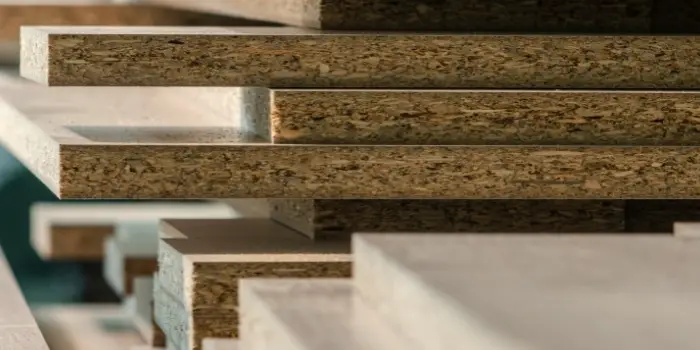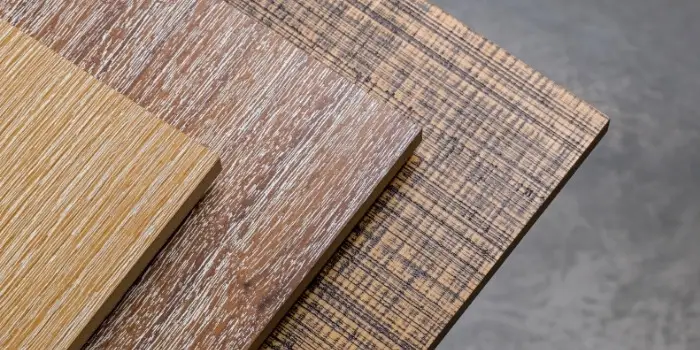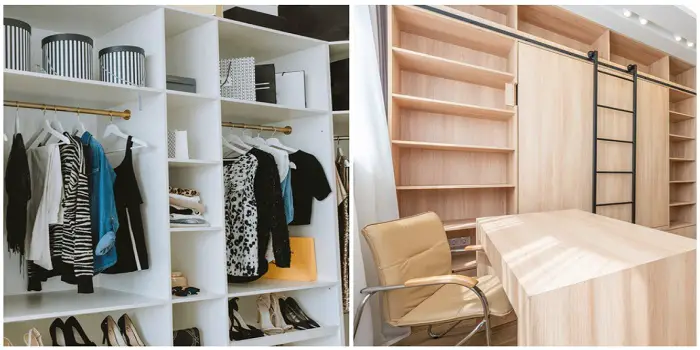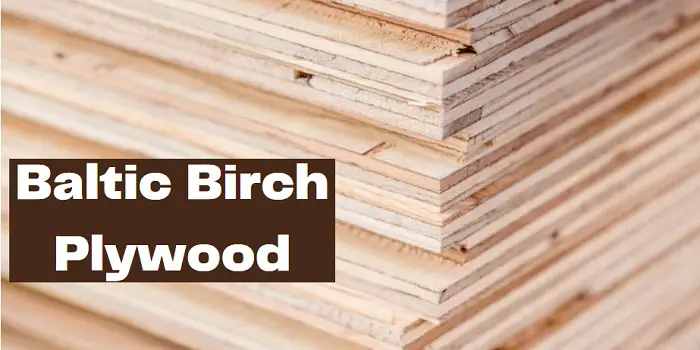
The term plywood applies to engineered lumber that consists of at least three layers and often more.
The faces of the layers are oriented 90 degrees from the previous layer to add strength and durability.
The plywood or veneer is then graded in terms of quality, but that does not denote their applications or structural properties, only the appearance of the plywood itself.
Plywood Grades
Just like the grades you receive in school that mark the quality of your work, so too does plywood have a grading system that refers to the overall quality of the front and back of the plywood sheets.
This means that if you go to a hardware store that sells plywood, you will see a grading system that should include AC, BC, and more. But what do the letters mean?
The letters themselves denote the face grading followed by the reverse face grading. In other words, the face of the plywood you are going to see and then the face on the other side, which is generally hidden.
A grade of A is the highest quality, with lesser qualities denoted by B, C, and so forth.
It is true that the middle layers of the plywood have levels of quality themselves which is normally lower than either the face or reverse sides.
However, since they are never seen, no grade applies to them.
What is AC Plywood?
The veneer grade of A is the highest in terms of overall quality. It means that the surface is smooth and well-suited for staining or painting.
For a standard 4’ x 8’ sheet, there should not be any noticeable splits or knots on the surface. Plus, there should not be more than 18 repairs to the surface as well.
Keep in mind that all plywood surfaces have probably been repaired to a certain degree, even the highest quality versions.
The C grade denotes a rough surface that has visible repairs. You will also see discolorations in the wood, along with splits. Knots are also present, but no larger than 1.5” in size.
Thus, AC plywood is perfect for either interior or exterior applications in which one surface will be seen.
Keep in mind that there are separate ratings for the durability and span rating of the plywood as well.
The durability is measured in the water resistance of the plywood, which makes it suitable for exterior uses.
While the span rating is how far apart the joists should be when the plywood is being used for flooring or roofing.

AC vs. BC Plywood – Difference
The reverse sides of AC and BC plywood are the same. But the front or exposed side is different.
While an A grade denotes the highest quality, a B grade is somewhat less.
While still fairly even in color and with relatively few imperfections, a B grade will not quite have the high-quality appearance of the A-side of AC plywood.
However, there is no structural difference between AC and BC plywood.
This means that any application that works for AC plywood will also work for BC as well, assuming that appearance is not a factor.
For example, with plywood that will be used for an underlying layer of flooring, then BC works just as well as AC since the plywood will not be seen.
And the reason you may choose BC over AC under such circumstances is the cost. BC is less expensive compared to AC.
This is the reason why most people choose BC over AC. If the B side of the plywood is exposed but painted, it should look about the same compared to an A-side.
What about the Shop Grade?
The lowest quality of plywood is known as shop grade. It will have visible defects on both sides, along with inconsistencies in terms of thickness, width, and length.
However, despite all the issues with shop-grade plywood, it is still 85% usable.
This means if you are willing to cut around the defects, you can save a considerable amount over BC grade while still getting the same performance.
If you are looking for plywood that compliments your home décor, then AC is probably the way to go.
However, if the plywood is not going to be exposed or is to be covered in a thick layer of paint, then BC will save you money while still delivering the same overall performance.
Share the post "What is AC Grade Plywood – How It’s Different from BC?"

Hi, I am Mark Garner a professional carpenter, woodworker, and DIY painter. I live in the small city of Peoria, Arizona as a semi-retired woodworker. I have started this blog with a simple motive to help you with my wood experience in this sector. If you like to know more about what I love doing and how it all got started, you can check more about me here.




